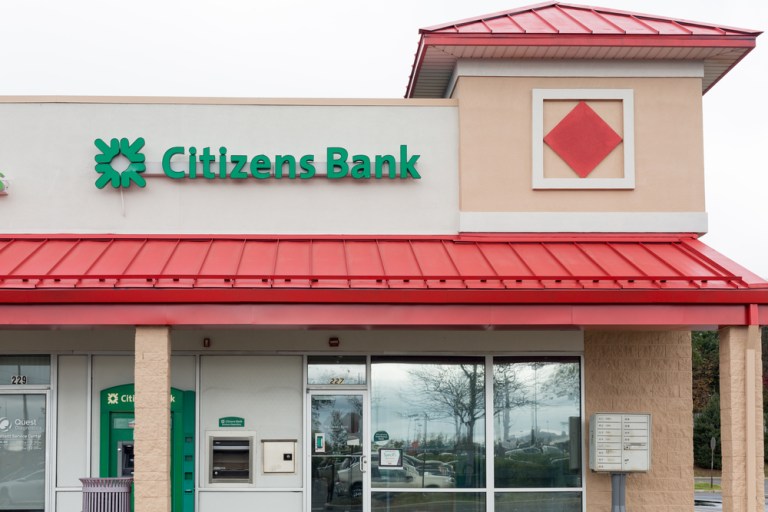Citizens Looks Toward Collaboration To Greet B2B Payments Disruption

Embracing electronic B2B payments is a two-way street: Payers and payees alike have to put in the effort to make the change. But there is a third party involved in this transition that plays a huge role in businesses’ ability to put down the paper: the bank.
Financial institutions (FIs) are figuring out that FinTechs can offer the platforms and technologies companies need to make this shift easier. One of the latest banks to take advantage of this collaboration is Citizens Bank, which announced news of a partnership with Transactis earlier this month. Together, they’re enabling companies to electronically bill their own customers (both consumer and business clients) and receive electronic payments.
“While banks are getting more nimble than we have been in the past, in terms of developing products, I think you’re going to continue to see see banks announcing FinTech partnerships,” said Michael Cummins, head of Treasury Solutions at Citizens Bank, in a recent interview with PYMNTS. “FinTechs are building great products, so it makes sense for banks to partner with them.”
According to his colleague, Matt Richardson, head of Product Solutions within Citizens’ Treasury Solutions unit, this is a particularly impactful trend in B2B payments.
“There is a lot going on in B2B payments,” he said. “FinTechs have been very active, and there is absolutely an opportunity for banks to partner with FinTechs to help broaden out services and really leverage niche expertise that these FinTechs bring.”
The partnership with Transactis, he added, is a good example of that. The collaboration sees Citizens linking its business customers to the electronic billing and payment capabilities provided by Transactis. According to the executives, the solution is flexible enough for businesses across verticals large and small.
“The larger corporates may have tried to build something internally, and they may be satisfied with it, or they may not be,” said Richardson of large enterprises’ ability to digitally bill customers and accept electronic payments. “They may feel it’s difficult to continue keeping a service going, to continue investing in it and keep it running.”
“The SME market,” he continued, “is generally not looking to built their own solution, so they’re very receptive to buying an off-the-shelf solution that’s robust, cloud-based and can meet their needs in terms of improving the receivables process.”
Banks’ ability to meet the receivables needs of their large and small business customers is critical, because friction associated with paper continues to plague firms of any size.
“Industries are still stuck in paper,” said Cummins. “From a paper check perspective, we’re seeing a decline, and companies are looking to reduce the amount of paper in their system. They recognize some customers will pay them in paper, but they’re looking for alternative ways to make the transaction more efficient — electronic — more [secure] — again, electronic — and with more control over when the payment is coming in.”
Richardson noted that in order for this transition to occur, both sides of the payment process need to be onboard with ditching paper.
“Generally speaking, our corporate and SME clients are looking to get paid efficiently, predictably and at a lower cost,” he said. “Paper-based processing is expensive, and companies paying and receiving payments would like to move away from paper. But they need help enabling alternatives … being able to accept credit cards, to present electronic billing information to customers, and giving them an electronic payment option.”
Support from their banks, which receive their own support from FinTechs, is a critical component to helping businesses in this process. Considering the pace of change in B2B payments, and in the financial services industry altogether, collaboration is likely to be a running theme, the Citizens executives said.
“There are lots of opportunities here,” said Richardson. “I think the industry is about to absorb a major change in terms of faster payments in the U.S. I think that will open up a whole opportunity to innovate around faster, real-time payments and leverage that to innovate and add value to our clients. It will be a very busy time in payments.”